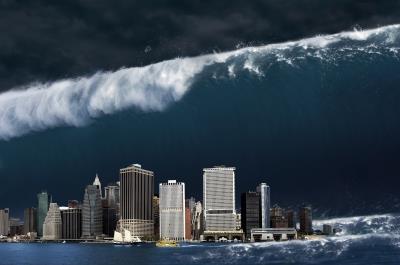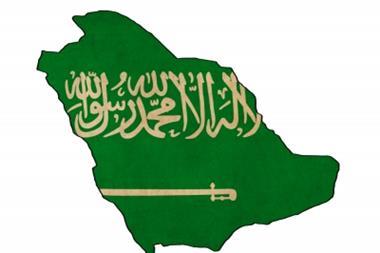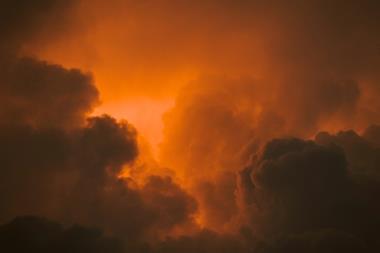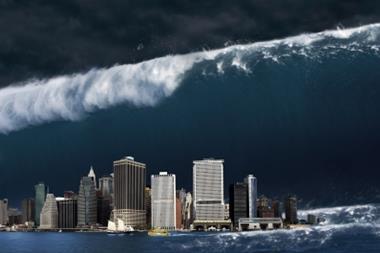Verisk Maplecroft’s Natural Hazards Risk Atlas 2015 reveals high concentration of cities exposed to natural hazards

The Philippines, China, Japan and Bangladesh are home to more than half of the 100 cities most exposed to natural hazards, according to Verisk Maplecroft’s Natural Hazards Risk Atlas (NHRA).
The fifth annual NHRA highlights potential risks to foreign business, supply chains and economic output in Asia from extreme weather events and seismic disasters.
The NHRA assesses the natural hazard exposure of more than 1,300 cities, selected for their importance as significant economic and population centres in the coming decade.
Of the 100 cities with the greatest exposure to natural hazards, 21 are located in the Philippines, 16 in China, 11 in Japan and eight in Bangladesh. The analysis considers the combined risk posed by tropical storms and cyclones, floods, earthquakes, tsunamis, severe storms, extra-tropical cyclones, wildfires, storm surges, volcanoes and landslides.
The Philippines’ extreme exposure to a myriad of natural hazards is reflected by the inclusion of eight of the its cities among the 10 most at risk globally, including Tuguegarao (2), Lucena (3), Manila (4), San Fernando (5) and Cabantuan (6). Port Vila, Vanuatu (1) and Taipei City, Taiwan (8) are the only cities outside the Philippines to feature in the top 10.
Manufacturing and logistics hubs among cities most at risk
According to Verisk Maplecroft, natural hazards constitute one of the most severe disrupters of business and supply chain continuity and also threaten economic output and growth in some of the world’s key cities, particularly for those located in the emerging markets.
VeriskMaplecroft principal environmental analyst Dr Richard Hewston said: “As Typhoon Haiyan in the Philippines and the 2011 tsunami in Japan showed, natural hazard events can have far-reaching and long-lasting consequences on supply chains, business and economies.
“Understanding how, where and why those risks manifest is an imperative in managing potential shocks.”
According to the NHRA, several key manufacturing and logistics hubs are highly exposed to natural hazards. One of the world’s busiest ports, Tokyo, is ranked 22; the commercial centres of Manila (4), Taipei City (8) and Dhaka (35), and the important Chinese manufacturing locations of Wenzhou (49), Foshan (63) and Dongguan (80) each feature among the 100 most exposed cities.
Despite gains, the fastest growing economies still lack resilience to natural hazards
The highest risk cities in Japan and the Philippines are highly exposed to a variety of hazards, including earthquakes, typhoons, severe storms and landslides. Tuguegarao (2), Lucena (3) and Manila (4) in the Philippines; and Kawasaki (15), Osaka (16) and Nara (17) in Japan are highly prone to earthquakes and typhoons – two of the deadliest and costliest hazard types.
Natural hazard risk is compounded in the Philippines by poor institutional and societal capacity to manage, respond and recover from natural hazards events. In addition to assessing exposure, the NHRA evaluates a country’s ability to manage and mitigate the effects of natural hazard events, through its Socio-economic Resilience Index. Japan, which ranks 178 among 198 countries for resilience, is classified as low risk and the Philippines (80) is considered high risk, in part owing to entrenched corruption and high levels of poverty.
Hewston added: “With foreign investment continuing to flow into countries highly exposed to natural hazards, those unable to demonstrate robust resilience may lose an element of their competitiveness.
“Company decision making in respect of sourcing locations or market entry is increasingly influenced by issues such as strength of infrastructure and institutional robustness.”




















No comments yet